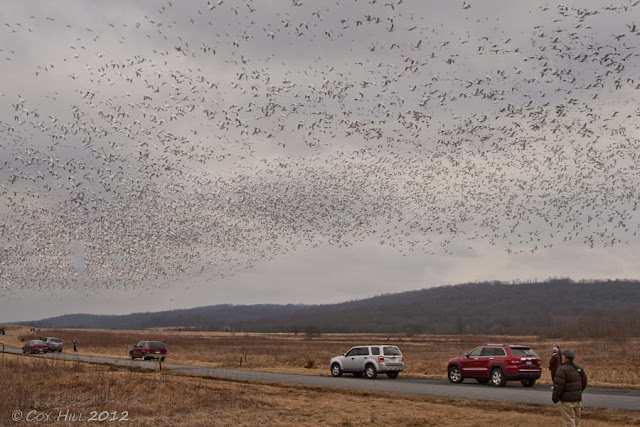The last couple of weeks has been frustrating for me. The waterfowl migration has been moving through and the wild turkey gobblers have been strutting but regardless of my effort nothing was coming together. The ducks have been exceedingly wild and every time I zigged to gobblers zagged. Of course I well know that success doesn't always come easy so it was with anticipation that once again I setup the little outhouse blind while darkness still enveloped the countryside hoping the gobblers show.
The first turkeys to hit the meadow were Jakes and soon one was ballooned out in full strut. As impressive as he appeared he could not begin to measure up to what was to come next!
And it wasn't long before three long-beards showed up to show everyone who was boss.
By the time the activity wrapped up I had shot about 450 frames and had captured my very best ever strutting gobbler images. This was a morning that will not be forgotten anytime soon.
Little did I know as I headed to the lake to check out the migratory waterfowl activity this afternoon that I would soon be shooting my best ever shots of another species. The afternoon's shoot will be the subject for another day.


















































